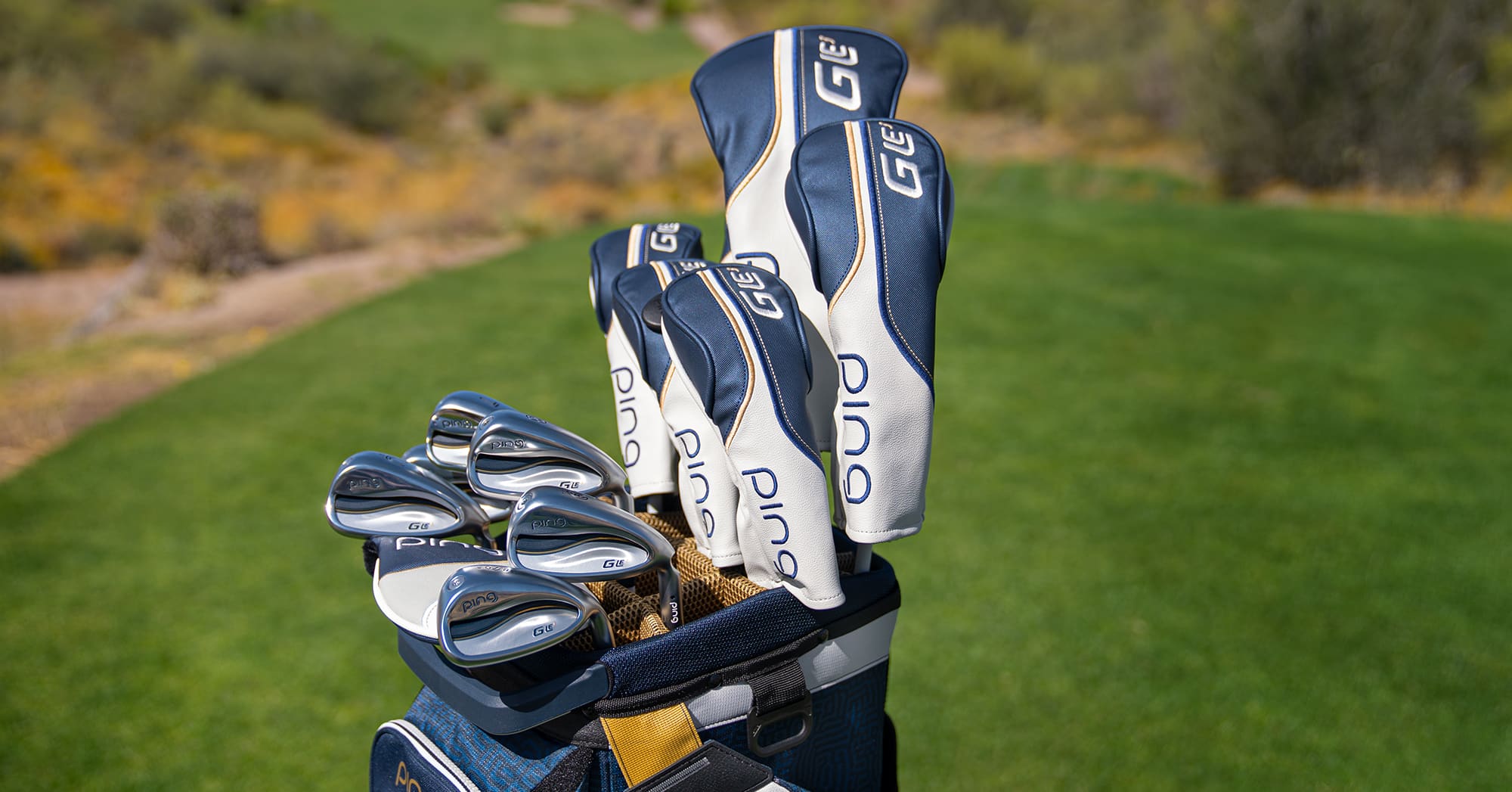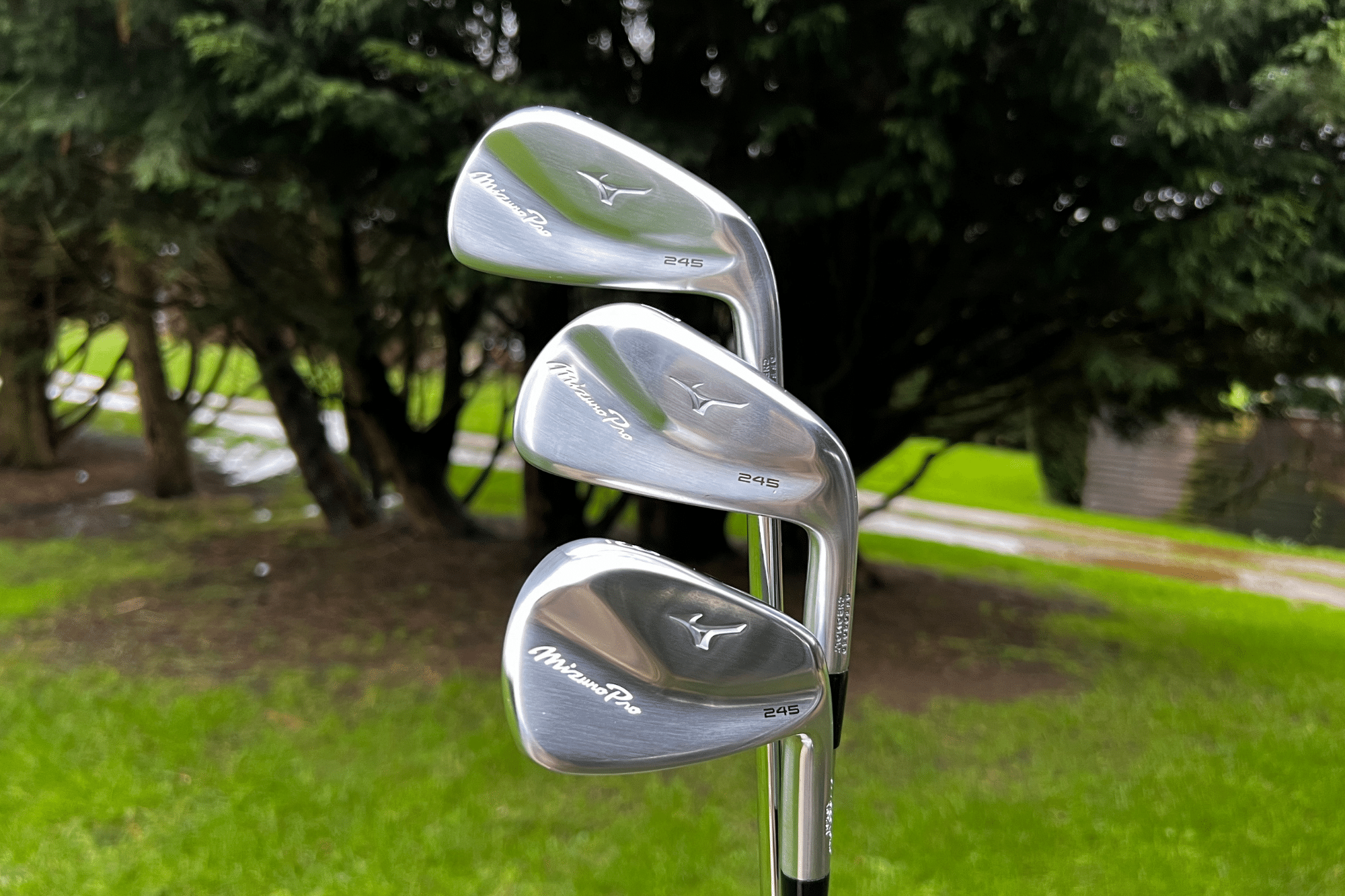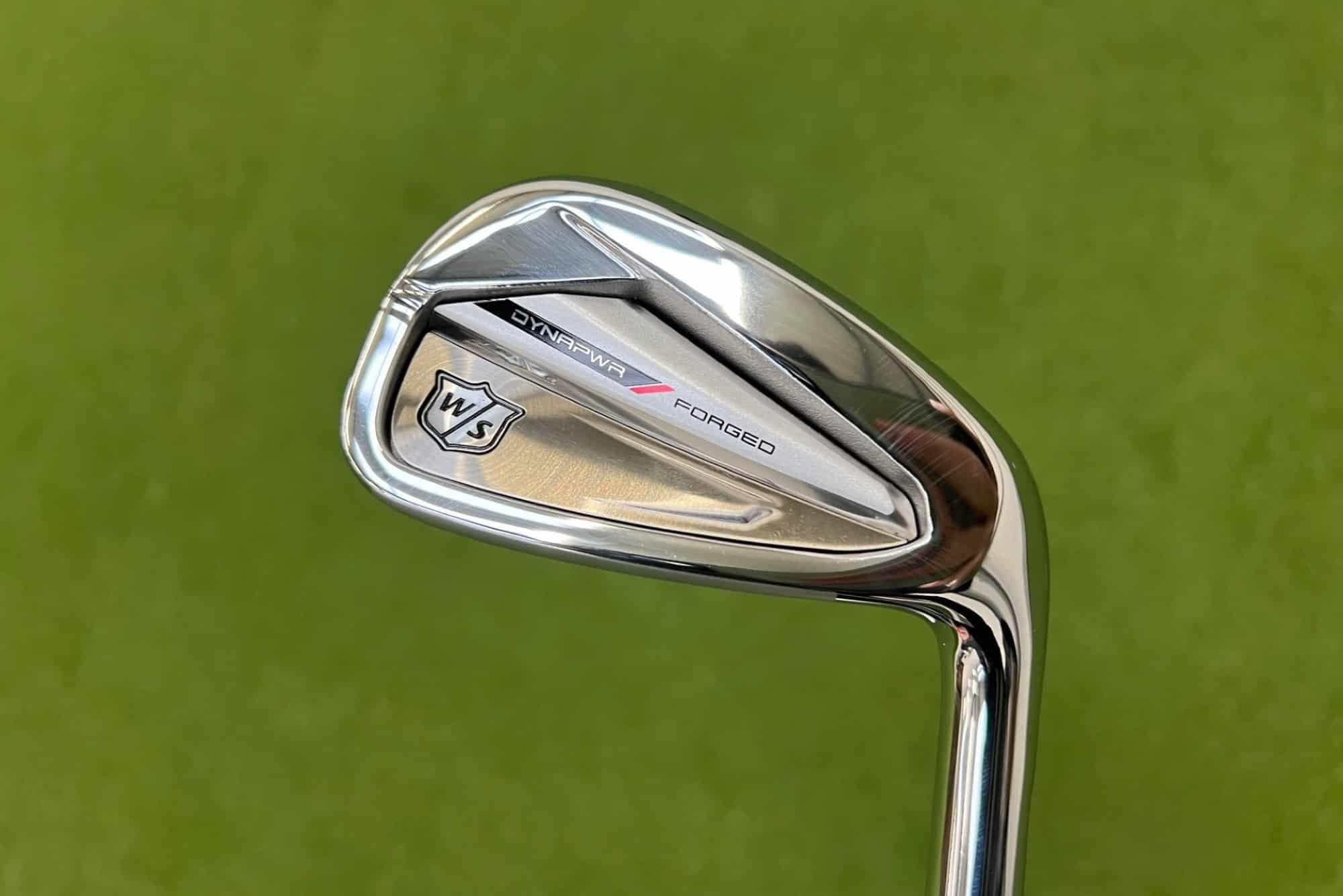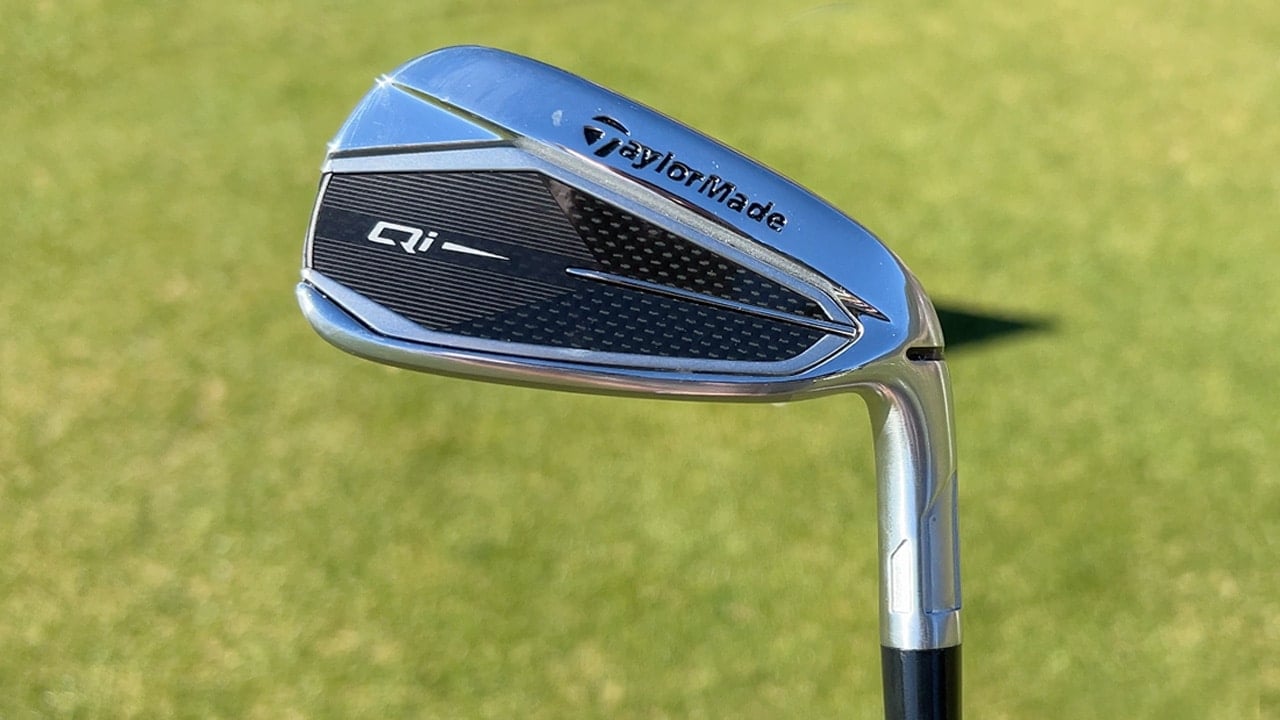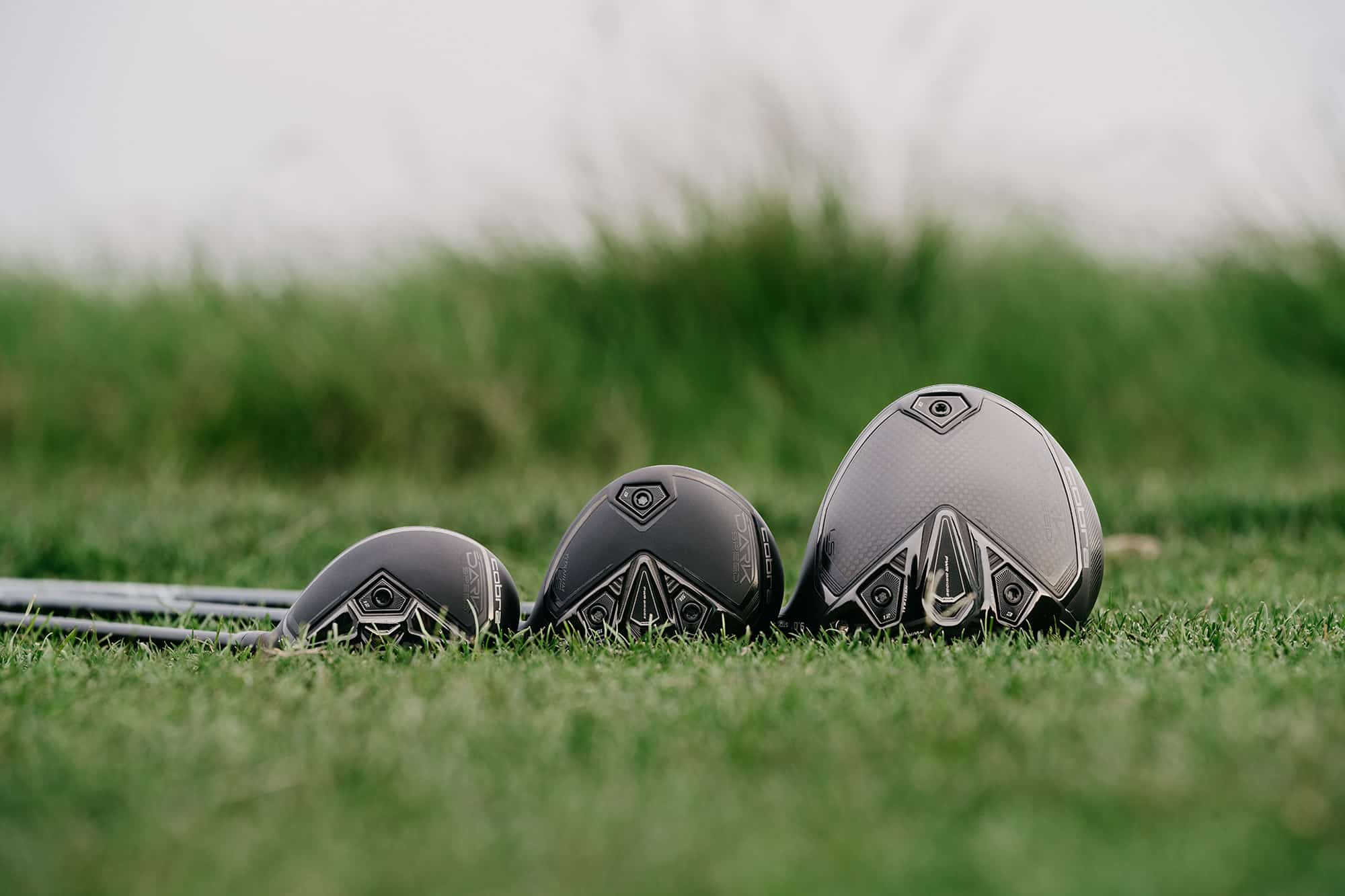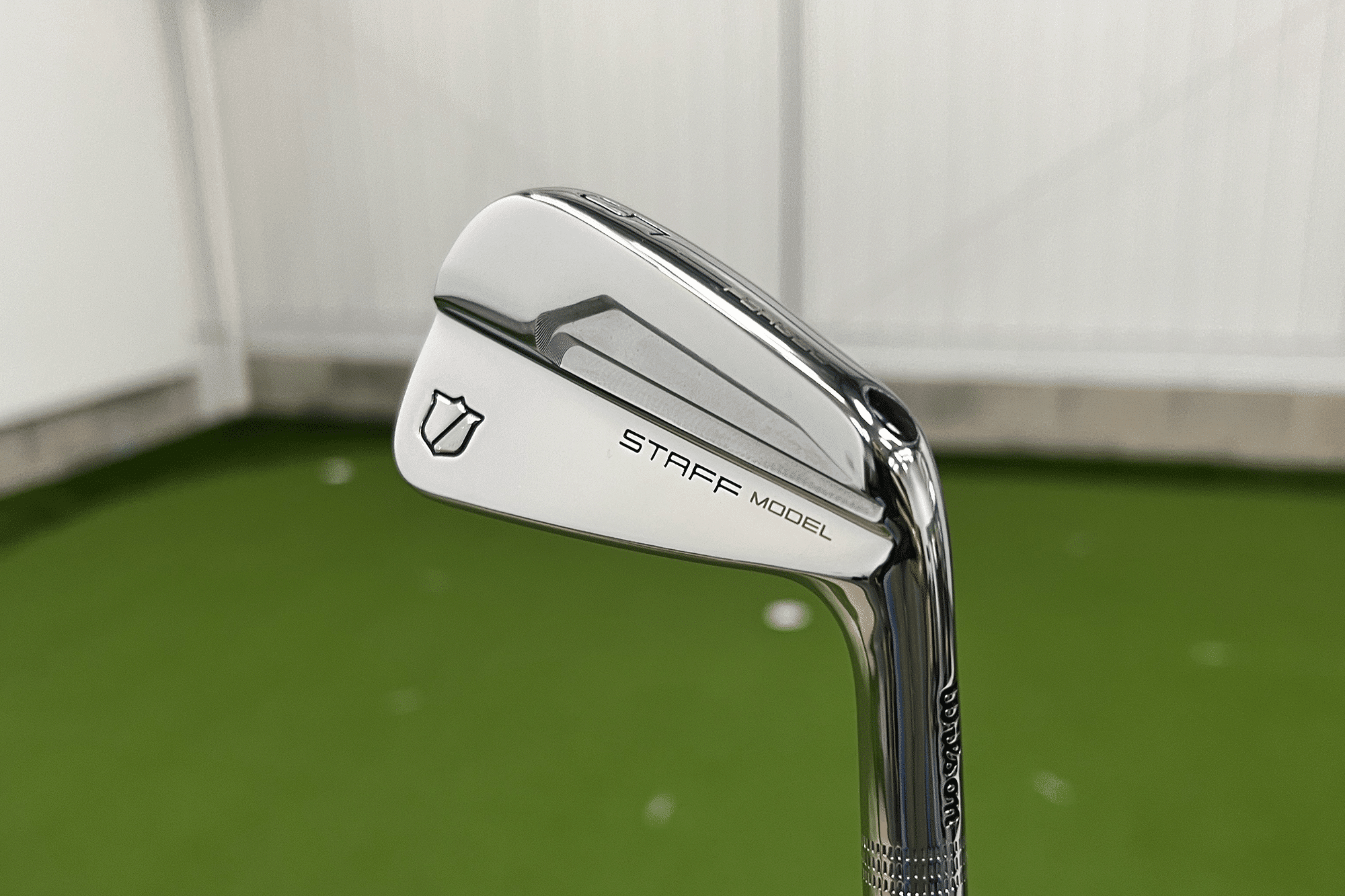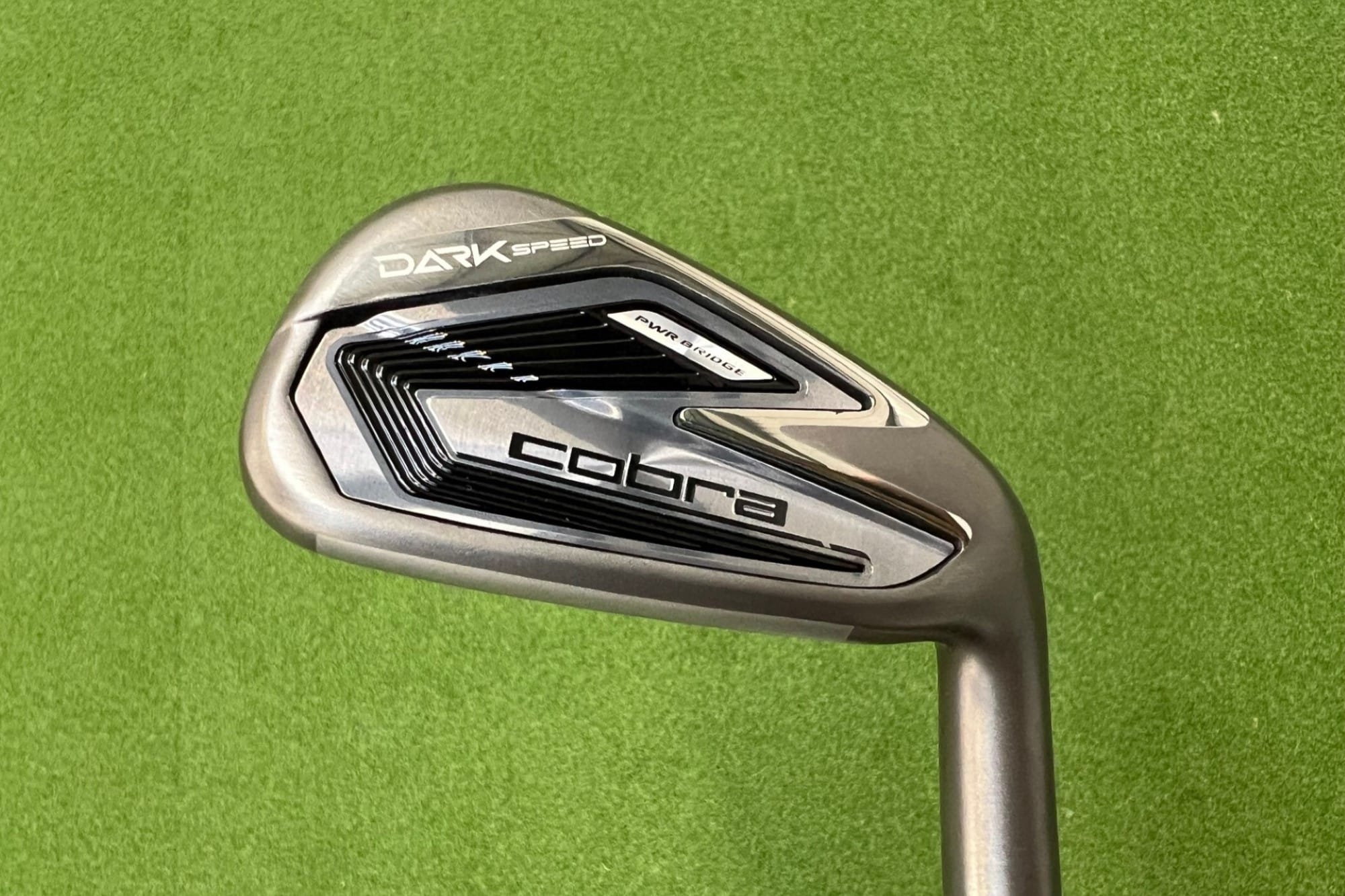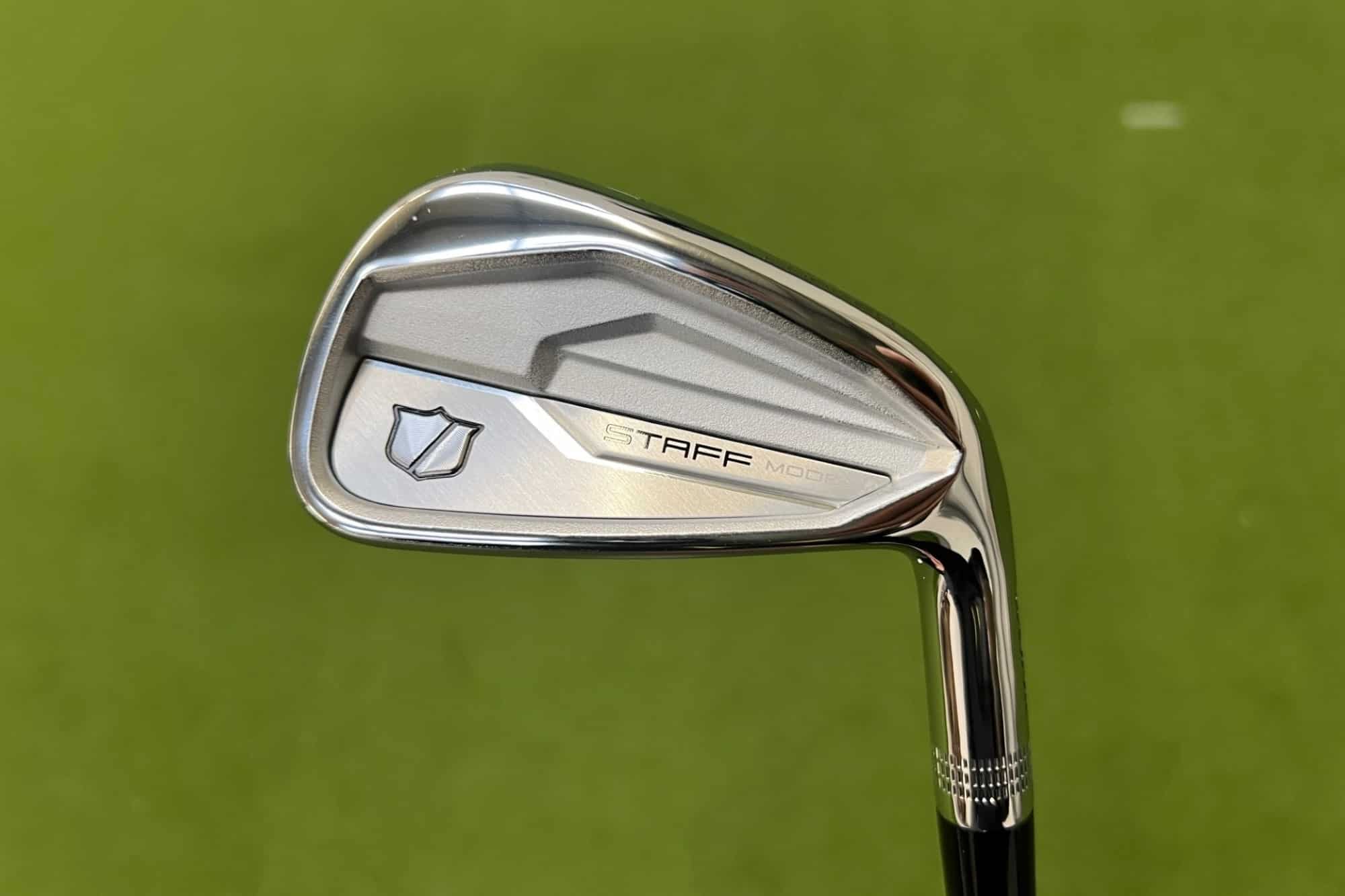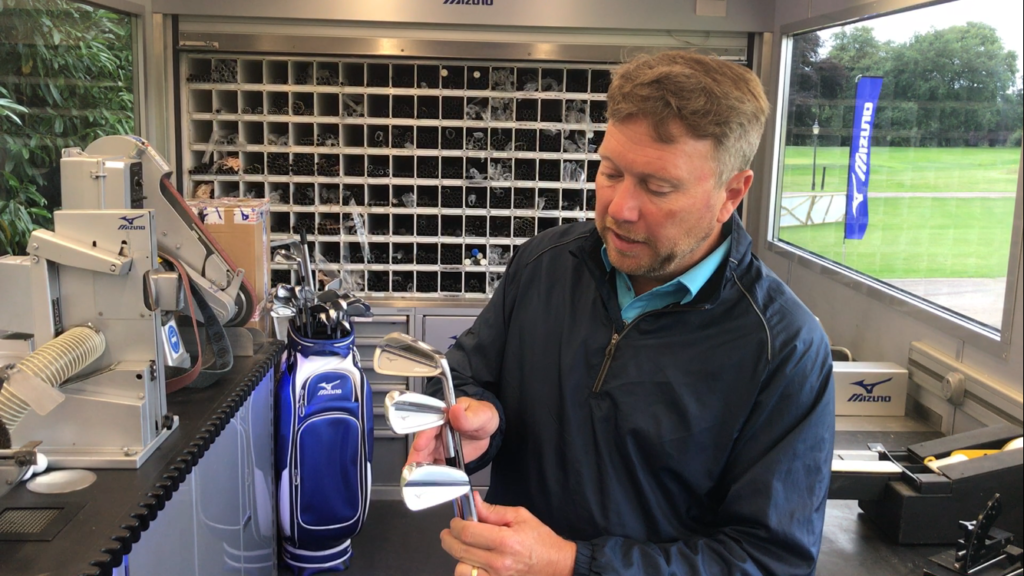
Which Mizuno MP-18 irons will suit your game?
The the Mizuno MP-18 irons look the business. But there are three different models – muscleback (MP-18), split cavity (MP-18 SC) and multi-material (MP-18 MMC).
There are also the MP-18 Fli Hi long irons. So make that four models in fact. You can read our initial review of them here.
But where does the JPX900 Tour iron fit in? Should you be looking to blend these irons together? Which model is going to work best for your ability level?
Calm down, don’t panic. It’s going to be OK. We’ve put all those questions and more to David Llewellyn, Mizuno USA’s head of R&D…
What technology has gone into each MP-18 model and what will players notice as a result?
We actually took a couple of years off from launching a new MP model and there are a couple of reasons why.
We were working on enhancements to our grain flow forging process and also we are working towards a JPX-focussed cycle and an MP-focusses cycle.
We’re almost re-setting the MP. We’re bringing it back to a very sophisticated, clean, timeless classic design.
The new high density grain flow forging is basically the same process but we’ve made a tweak to the construction of the moulds. It allows us to concentrate a higher density of metallic grains – that really amplifies that feel across all three models.
It really gives that feeling that the ball is compressing on the face which comes from that sound at impact. The grains structure helps accentuate that.
Technology tweaks to forged irons are quite subtle. How much will players notice from irons that have used the HD forging process and those which haven’t?
It’s all about feel and there are three things to consider.
Firstly, how the head vibrates – with MP-18 this will be similar to previous models.
Secondly, there’s the use of materials and we’ve used 1025 pure E carbon steel which is the same as we use set-to-set. It’s very elite material, that’s what the ‘E’ stands for.
But the main difference is in that high density grain structure. It actually allows the head to vibrate for a little bit longer and there’s more amplified sound.
So that feedback you love – you’re going to get a bit more of that. It’s subtle but it’s tangible.
I guess the players these clubs are aimed at are going to notice that a bit more?
Definitely. The MP player is usually a keen ball-striker who can appreciate that feel.
So is the MP-18 range just aimed at the low single-figure handicapper?
The way we have configured the MP-18 family, we have tried to expand to – I wouldn’t say the high handicapper – but more a medium to low handicapper in terms of all the different options you have for mixing and matching.
That includes the new MP-18 Fli Hi which allows players to replace those long irons for something more playable.
Are we seeing a crossover here between the MP line and the JPX900 line?
There is overlap. There has been overlap in the past. And one thing we try and do is minimise that overlap.
If there is going to be an overlap we have to do that in an intelligent way.
The JPX900 Tour is actually a larger head than all of the MP-18 models – even the MMC head.
But it’s more about the look of the club. The JPX900 design philosophy owes more to speed, aggression, futurity.
The MP is more a nod to the past as a timeless classic with those clean and sophisticated looks.
Even though there may be a little bit of a playability overlap, we still feel like we are talking to a different player. And that is to do with how the club looks.
Interesting. I look at the JPX900 Tour and think, not for me. I look at the MP-18 MMC and think, yeah why not? Do you think you may get newcomers to the MP line this time around?
We’ve learned and I feel the rest of the industry is learning as well that there are 15 and 20 handicapper who are really serious about the game.
They are passionate, they want to improve and aspire to play better. They want help from their golf clubs but they also want their golf clubs to look serious.
They want it to look like a proper golf club, they don’t want it to be overly bulky or have loud colours or look odd.
That’s kind of where we are going with this MP line. You can build a set for a 15 handicapper.
Going through the line we have the muscleback which is pretty playable but not a lot of people can handle that.
The split cavity has a little bit more forgiveness but it’s very much a pure players, shallow cavity design. It’s for the guy who wants a little bit more forgiveness.
The MMC, even though it’s in an MP package, the way we have positioned the Tungsten in the toe and the Titanuim behind the face – which is forged into the head – we can make this play surprisingly forgiving for its size.
If a 12-15 handicapper loves the way MP looks but is a little bit intimidated in terms of playablity. Why not have MMC 7-PW and then move into the MMC Fli Hi? These are very easy to launch with their hollow body construction.
How much of a consideration was it that players might like to blend these models together?
It was an extremely thoughtful process. The muscleback and the split cavity are a natural combo – same lofts, headsizes and offsets very similar.
The MMC and the MMC Fli Hi are actually two degrees stronger it’s a 28˚ 6-iron compared to a 30˚ 6-iron in the other two. There’s a bit more launch from the multi-material design.
So the MMC and the MMC Fli Hi naturally blend together. But the clever bit we did was tuned the offset of the MMC so that if you tweak the lofts to match the muscleback and the SC, the offsets will flow perfectly.
Our custom-fitting team know how to pull these combinations together.
If you want the split cavity 5-PW and then a 3 and 4 in the MMC we can make everything blend together. It should be a really smooth transition.
Details
MP-18: £135 per iron
Available: 3-PW, right hand only
MP-18 SC: £135 per iron
Available: 3-PW, left and right hand
MP-18 MMC: £150 per iron
Available: 4-PW, right hand only
MP18 MMC Fli-Hi: £150 per iron
Available: 2, 3, 4, 5, right hand only
More information can be found on the Mizuno website.
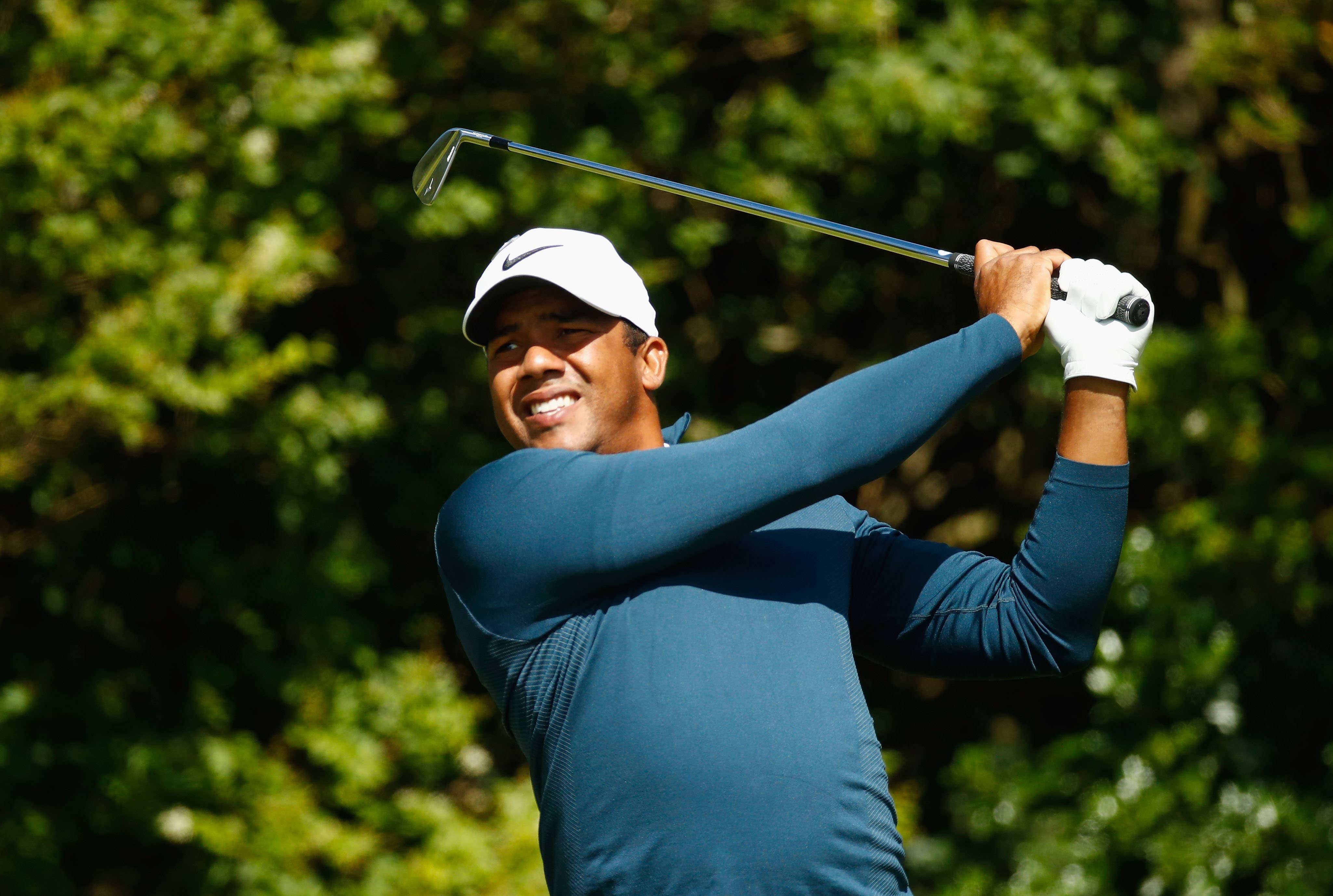
All the Gear: Who is using the new Mizuno MP-18 irons?
James Savage
Former equipment editor of NCG. Inconsistent ball-striker and tea-maker.










